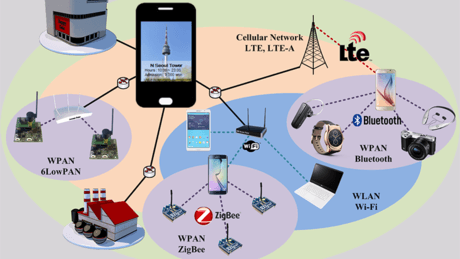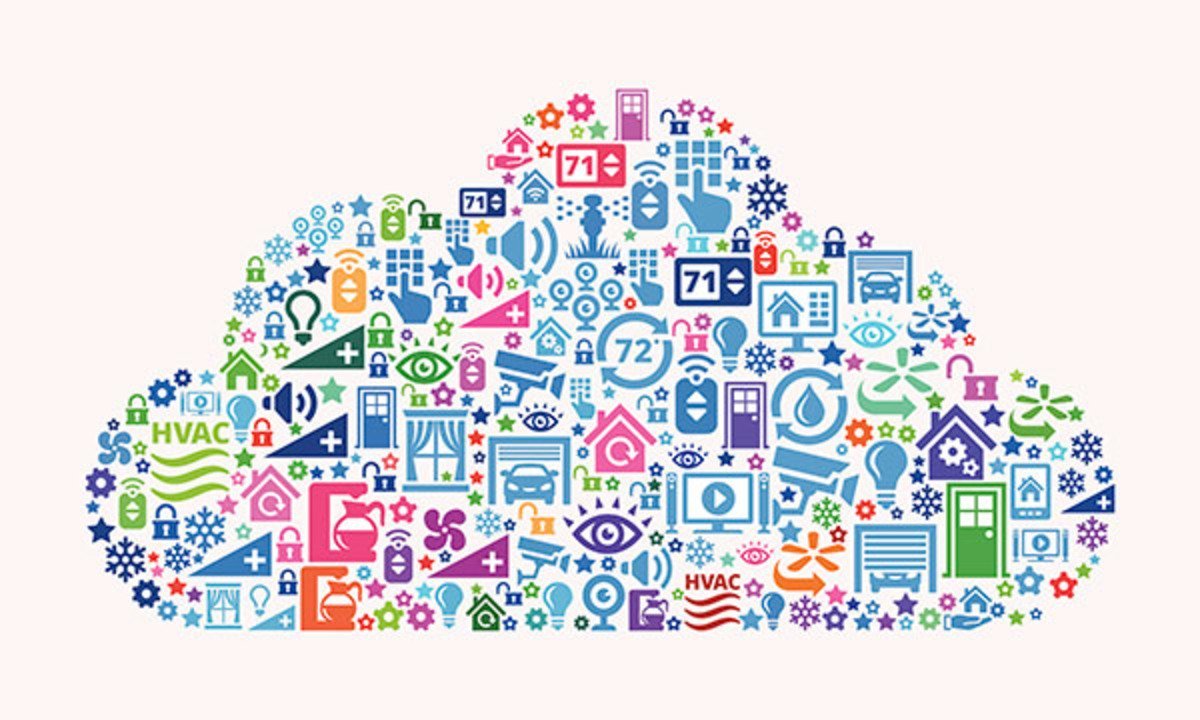GRATIS
Wesleyan University vía Coursera
GRATISIntroduction to the Internet of Things and Embedded Systems
Acerca de este curso
- What Is the Internet of Things (IoT)?
- The Internet of Things (IoT) is a popular buzzword right now, but unlike many fads which have come and gone, the Internet of Things describes an important trend which is having lasting effects on society at large. The term itself, “Internet of Things”, is used to mean a variety of ideas, depending on the motivation and background of the speaker. This course will start by providing a definition of the term. We will talk about how various trends have enabled the Internet of Things, and how it changes the way design is performed. We will also discuss some of the ramifications that IoT is having on society today.
- Embedded Systems
- In Module 1, we introduced the concept of the Internet of Things at a high level, defining the term and outlining its implications. In this module we explore some of the details involved in the design and implementation of IoT devices. Unlike traditional computer-based systems, IoT devices are “embedded” within other devices in order to provide enhanced functionality without exposing the user to the complexities of a computer. The users interact with the device in a natural way, similar to their interactions with any other objects in the world. In this way, an embedded system has an interface that conforms to the expectations and needs of the users. Establishing a natural interface requires that the embedded system interface with the physical world directly through sensors, which read the state of the world, and actuators, which change the state of the world. In this module we will discuss the structure of embedded systems and describe these interactions with the physical world.
- Hardware and Software
- IoT devices are implemented using both hardware and software components. Dedicated hardware components are used to implement the interface with the physical world, and to perform tasks which are more computationally complex. Microcontrollers are used to execute software that interprets inputs and controls the system. This module discusses the roles of both the hardware and software components in the system. The functions of common hardware components are described and the interface between the software and hardware through the microcontroller is explained. IoT devices often use an operating system to support the interaction between the software and the microcontroller. We will define the role of an operating system in an IoT device and how an IoT operating system differs from a standard one.
- Networking and the Internet
- An important aspect of the Internet of Things is that devices are networked in some way, and often connected to the Internet. Networking enables devices to communicate with other IoT devices and larger cloud-based servers. IoT devices can often be thought of as small parts of a much larger collective system which includes large servers based in the cloud. This module will introduce the basics of networking and the Internet protocol in particular. Eventually, most IoT devices are connected to the Internet, so understanding the protocols associated with the Internet is important to the design of IoT devices. We will also introduce the concept of a Mobile Ad Hoc Network, or MANET, which describes small, local networks of IoT devices.
Cursos relacionados

GRATIS Aprendiendo a aprender: Poderosas herramientas mentales…
Deep teaching solutions
Español

GRATIS Programación para todos (Introducción a Python)
University of Michigan
Inglés

GRATIS The Science of Well-Being
Yale
Inglés

GRATIS Negociación exitosa: Estrategias y habilidades esenciales
University of Michigan
Inglés

GRATIS Primeros Auxilios Psicológicos (PAP)
Universitat Autónoma de Barcelona
Español


